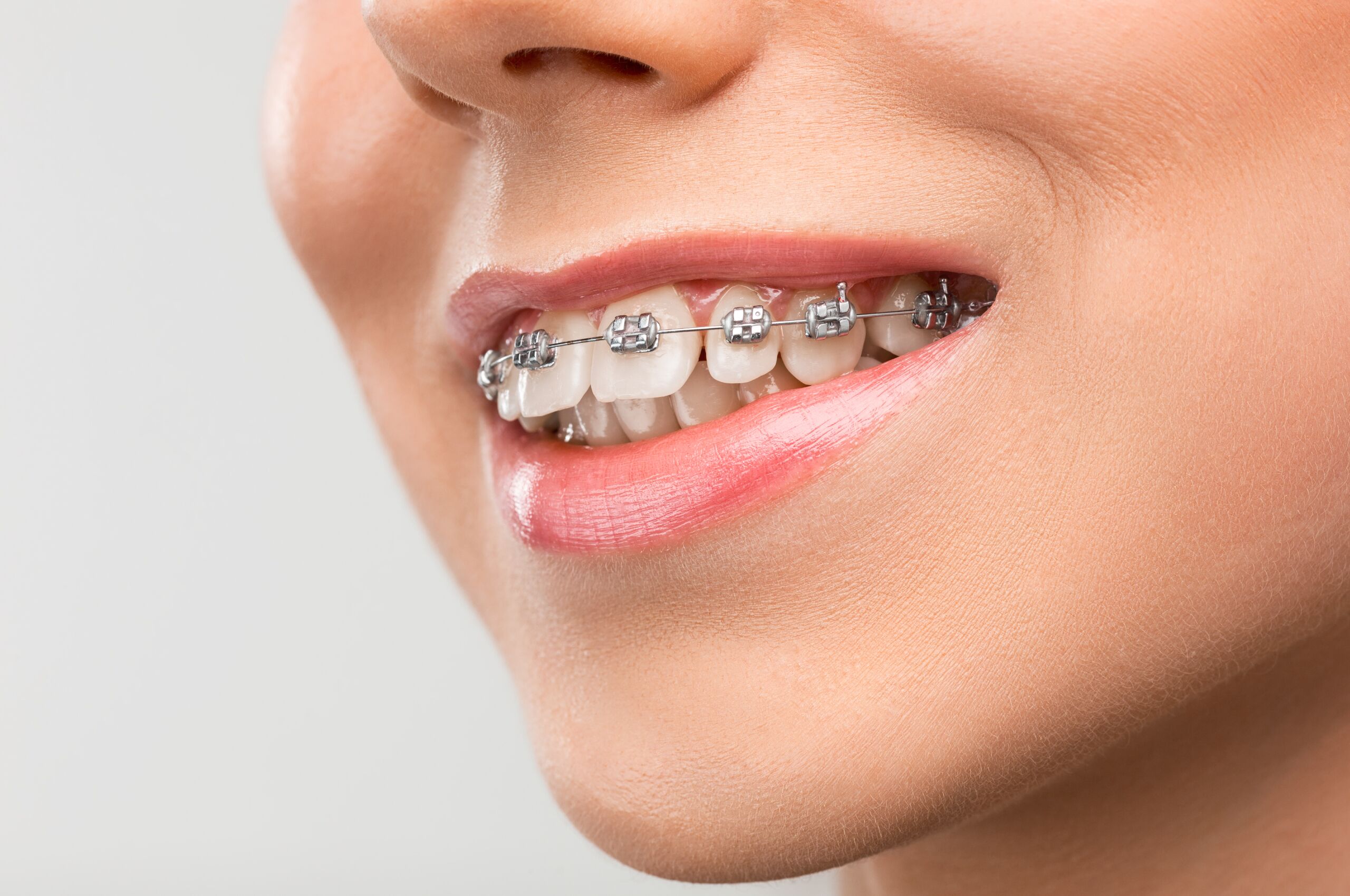Everything about All Star Family Orthodontics
Everything about All Star Family Orthodontics
Blog Article
All Star Family Orthodontics Can Be Fun For Anyone
Table of ContentsThe Only Guide for All Star Family OrthodonticsAll Star Family Orthodontics Things To Know Before You BuyThe Ultimate Guide To All Star Family OrthodonticsHow All Star Family Orthodontics can Save You Time, Stress, and Money.The Basic Principles Of All Star Family Orthodontics

In enhancement, we provide flexible treatment schedules, versatile payment choices and an enjoyable, pleasurable experience.
An orthodontist is a dental professional educated to detect, stop, and treat teeth and jaw irregularities - https://www.find-us-here.com/businesses/All-Star-Family-Orthodontics-Old-Tappan-New-Jersey-USA/34130266/. They correct existing conditions and are trained to determine issues that might create in the future. Orthodontists deal with people of all ages, from children to adults. People commonly link a best smile with healthiness.
Malocclusion, or misaligned teeth, can cause oral concerns, including dental cavity, gum tissue condition, and difficult or unpleasant chewing. However not every person is birthed with straight teeth. If you have a poor bite or big spaces in between your teeth, you might wish to seek advice from a dental practitioner specializing in orthodontic care.
All Star Family Orthodontics Fundamentals Explained
(Photo Debt: DigitalVision/Getty Images) Orthodontists utilize repaired and removable oral gadgets, like braces, retainers, and bands, to change the placement of teeth in your mouth. Orthodontic therapy is for oral problems, consisting of: Uneven teethBite problems, like an overbite or an underbiteCrowded teeth or teeth that are too far apartJaw misalignmentThe objective of orthodontic therapy is to enhance your bite.
A healthy and balanced bite guarantees you can consume, eat, and talk effectively. While you might consider orthodontists as primarily for children or teenagers who require braces, they can fix oral issues at any age. Orthodontists participate in university, dental institution, and orthodontic college. After college graduation, they spend 2 or 3 years in an orthodontic residency program.
All orthodontists are dental practitioners, but not all dental practitioners are orthodontists. Orthodontic residency programs use extensive, concentrated instruction for oral experts. They concentrate on 2 areas: How to appropriately and securely move teeth Just how to appropriately lead development in the teeth, jaw, and faceOnce an orthodontist has finished training, they have the choice to come to be board licensed - https://myanimelist.net/profile/allstarfamilyort.
All Star Family Orthodontics Things To Know Before You Buy
Imbalance, or malocclusion, is the most usual factor individuals see an orthodontist. It is genetic and is the outcome of size differences between the upper and reduced jaw or in between the jaw and teeth. Malocclusion leads to tooth congestion, a twisted jaw, or uneven bite patterns. Malocclusion is typically treated with: Your orthodontist affixes steel, ceramic, or plastic square bonds to your teeth.
Some individuals need a headwear to assist move teeth into line with pressure from outside the mouth. A retainer is a customized tool that maintains your teeth in location.

You might need to see an orthodontist if you have: Crowding or not adequate room for all of your teethOverbite, when your upper teeth come over your base teethUnderbite, when your base teeth are as well far forwardSpacing or concerns continue reading this with gapsCrossbite, which is when your upper teeth fit behind your base teeth when your mouth is closedOpen bite or an upright gap between your front bottom and top teethMisplaced midline, when the center of your bottom and upper teeth don't line up Remedying an oral malocclusion can: Make attacking, eating, and speaking easierImprove the symmetry of our face and your overall appearanceEase pain from temporomandibular joint conditionsSeparate your teeth and make them less complicated to clean, helping protect against dental caries or cavities It's commonly a dental expert that initially notices misaligned teeth during a routine test.
The Best Guide To All Star Family Orthodontics
During your first orthodontic examination, you'll likely have: A dental examPhotos taken of your face and smileDental X-raysPanoramic (360 degree) X-rays of your face and headImpressions to produce mold and mildews of your teethThese examinations will certainly assist your orthodontist understand just how to continue with your therapy. An orthodontist is a dental expert who's had training to treat your teeth and jaw.
Orthodontists are dental experts but not all dental professionals are orthodontists. Orthodontists are concentrated on your bite, or the method your teeth fit together, and the straightness of your teeth.

This initial consultation entails an aesthetic assessment of your teeth and bite, X-rays, and possibly also 3D scans. By thoroughly evaluating these elements, the orthodontist can identify any type of misalignments, crowding, spacing problems, or jaw discrepancies. Once a clear photo is developed, the orthodontist will review tailored treatment choices. This conversation will certainly cover the sort of dental braces or aligners advised (standard steel braces, clear aligners like Invisalign, etc), the estimated therapy period, and any prospective challenges or adverse effects.
The Buzz on All Star Family Orthodontics
While dental braces are the most typically identified orthodontic therapy, orthodontists have a diverse toolkit at their disposal. The particular strategy chosen depends on the severity of the instance, the individual's age, and private preferences. These tried-and-true braces use a system of braces bound to the teeth and connected by wires.
Clear aligners, like Invisalign, are a preferred alternative for individuals looking for an extra very discreet treatment option. These detachable trays are tailor-made to considerably move the teeth's placement. Headgear may be used combined with braces or aligners to use additional targeted forces, particularly for dealing with jaw disparities. In instances of narrow jaws, palatal expanders can be made use of to create area for proper tooth positioning.
Report this page